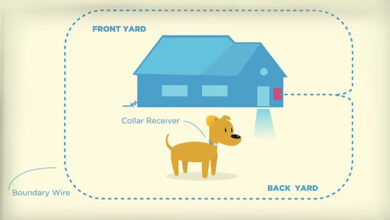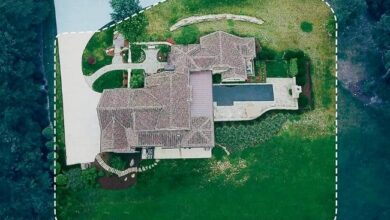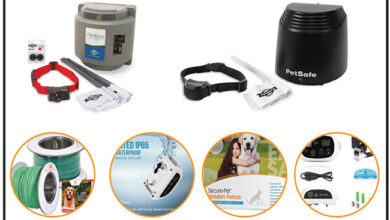
When it comes to keeping our furry friends safe, a reliable temporary fence for dogs can be a game-changer. Whether you’re a pet owner looking to create a secure space for your canine companion or a rental property owner seeking a solution that won’t break the bank, understanding the ins and outs of temporary fencing for dogs is essential. In this article, we’ll dig into why you might need a temporary dog fence, the key features to look for, how to set it up, and how to maintain it effectively. Let’s get started!
Why Do You Need Temporary Fencing for Dogs?
A temporary dog fence serves a specific purpose: it helps keep your dog contained in a designated area, providing a safe space for them to play and roam. Whether you’re setting up a dog run in your backyard or need a portable fence for a new dog at a rental property, these fencing systems are designed to protect your pet from hazards while also preventing them from wandering off. By establishing a secure perimeter, you can enjoy peace of mind knowing your dog is safe and sound.
Benefits of Using a Temporary Fence for Dogs
There are numerous benefits to using a temporary fence for dogs. First and foremost, it offers an immediate solution for keeping dogs contained without the commitment of a permanent installation. This is particularly beneficial for pet owners who may move frequently or are renting. Another perk is the flexibility; you can easily relocate or adjust your fencing system as needed. Additionally, temporary dog fences are often more affordable than traditional fencing options, making them a smart choice for budget-conscious pet owners.
When to Consider a Temporary Fencing System
There are several scenarios where you might want to consider a temporary fencing system. If you’ve just adopted a new dog, especially a large breed or an escape artist, you’ll want to ensure they’re safe while they adjust to their new environment. Also, if you’re hosting a gathering with lots of people or other pets, a temporary fence can help keep your dog secure and avoid any chaotic situations. Lastly, if you’re working on your yard or need to create a dog-safe area while landscaping, a temporary fence can be a perfect solution.
Importance of Fence Height for Different Breeds
When selecting a temporary fence, the height is crucial, especially considering your dog’s size and breed. For larger dogs, a taller fence is essential to prevent them from jumping over. On the flip side, if you have smaller dogs, you might get away with a shorter fence, but it should still be high enough to deter any attempts to escape. The right fence height can help keep your dog contained and ensure they stay safe within their enclosure.
How to Set Up a Temporary Dog Fence Effectively?
Setting up a temporary dog fence isn’t as daunting as it may sound. Start by determining the area you want to enclose. Make sure it’s free from hazards and has plenty of space for your dog to play. Once you’ve mapped out the perimeter, start installing the fence panels, ensuring they fit snugly together. If using a chain link fence, be sure to secure the panels properly. You can use zip ties or connectors to keep everything in place. Finally, check the entire length of the fence to ensure there are no gaps where your dog could escape.
What Types of Temporary Fencing Work Best for Dogs?
When it comes to choosing the right type of fencing material, chain link often stands out due to its durability and visibility. However, other materials like welded wire and portable fence options can also be effective, depending on your dog’s size and behavior. Chain-link fences tend to be more robust and can be used for both small dog and big dog containment, while chicken wire might suffice for smaller breeds. Ultimately, the right choice depends on your specific needs and the characteristics of your canine companion.
When to Replace or Upgrade Your Temporary Fence
Knowing when to replace or upgrade your temporary fence can save you a lot of headaches down the road. If you find yourself constantly repairing the same sections or if the materials are visibly deteriorating, it might be time for a new fence. Additionally, if your dog’s behavior changes or you adopt a new dog, reassessing your current setup to ensure it meets your new needs is essential. A reliable and secure temporary dog fence is key to keeping your canine companions safe, so don’t hesitate to invest in quality materials and installation!


